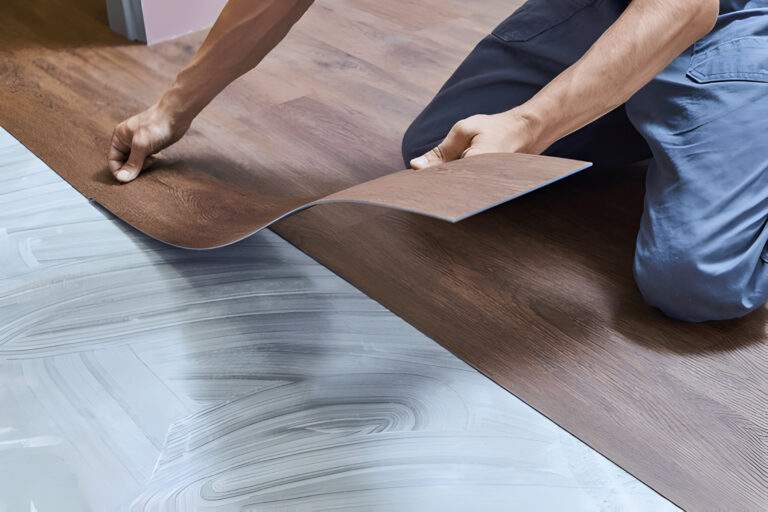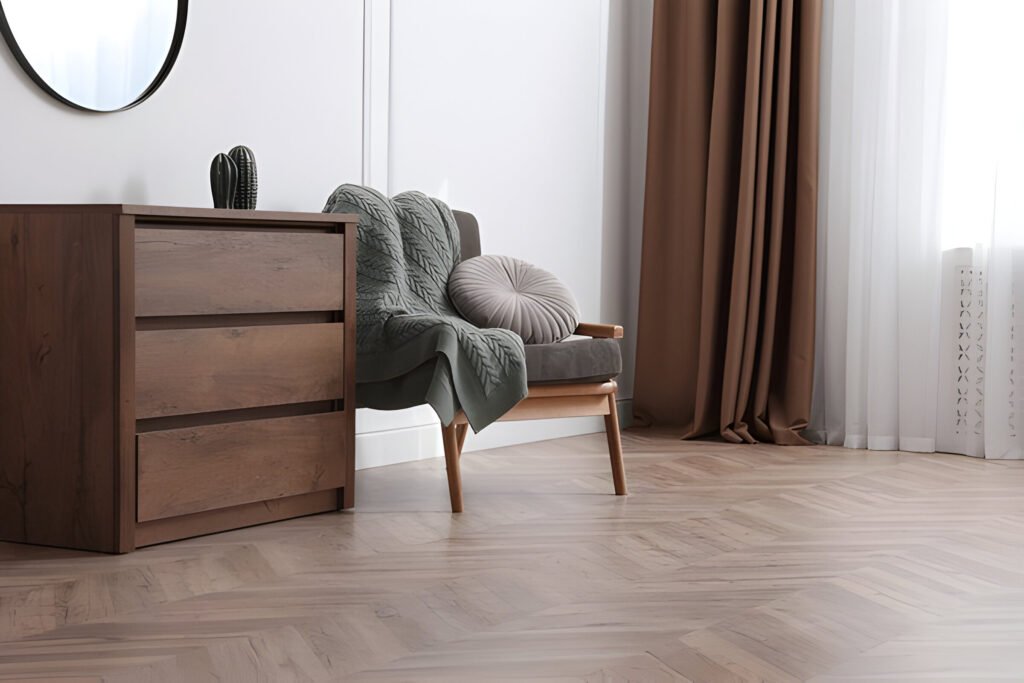Vinyl Plank Flooring: The Ultimate Guide for Stunning Results 2024
Vinyl plank flooring has become a popular choice for homeowners seeking an affordable, durable, and stylish flooring solution. With its resemblance to natural wood and ease of installation, it’s no wonder why so many are making the switch. This comprehensive guide will cover everything you need to know about vinyl plank flooring, including luxury options, installation tips, and answers to common questions.
What Is Vinyl Plank Flooring?
Vinyl plank flooring is a type of resilient flooring designed to mimic the look and feel of hardwood planks. It is made from synthetic materials, which makes it more resistant to water and wear compared to traditional wood flooring. Luxury vinyl plank flooring (LVP) offers an enhanced aesthetic with high-quality prints and textures that closely resemble real wood.
Types of Vinyl Plank Flooring
- Standard Vinyl Plank Flooring: Generally more affordable, offering basic styles and textures.
- Luxury Vinyl Plank Flooring: Higher-end with advanced features such as enhanced textures, better durability, and improved water resistance.
Benefits of Vinyl Plank Flooring
Vinyl plank flooring is favored for several reasons:
Durability and Longevity
Vinyl planks are known for their durability. They can withstand heavy foot traffic and resist scratches, dents, and stains, making them ideal for high-traffic areas.
Water Resistance
Unlike wood planks, vinyl planks are highly water-resistant. This feature makes them suitable for areas prone to moisture, such as kitchens and bathrooms.
Easy Installation
One of the major advantages of vinyl plank flooring is its ease of installation. Installing vinyl plank flooring is straightforward and can often be done without professional help, especially with the click-lock installation method.
Cost-Effectiveness
Compared to genuine hardwood, vinyl plank flooring is significantly more affordable. It provides a similar aesthetic at a fraction of the cost, making it a budget-friendly option.
Wood Plank vs. Vinyl Plank Flooring
When comparing wood planks to vinyl plank flooring, there are several key differences to consider:
Wood Planks
Wood planks are crafted from natural hardwood and offer a timeless and classic aesthetic. They add warmth and elegance to any space but come with higher maintenance requirements. Wood planks can be prone to scratches, dents, and water damage, making them less suitable for high-moisture areas unless properly sealed and maintained.
Vinyl Planks
Vinyl planks, on the other hand, offer a similar visual appeal to wood planks but with enhanced durability and ease of maintenance. They are designed to mimic the look of real wood but are more resistant to moisture, stains, and everyday wear and tear. This makes vinyl plank flooring a practical and versatile choice for various environments.
How to Install Vinyl Plank Flooring

Preparation
Preparing the subfloor is essential before installing vinyl plank flooring. Ensure it’s clean, dry, and level. Make sure to correct any imperfections to guarantee a smooth installation.
Installation Methods
- Glue-Down Method: Requires adhesive to be applied to the subfloor before placing the planks. This method is best suited for commercial environments.
- Click-Lock Method: Planks are designed to snap together without the need for glue or nails. This method is popular for DIY installations due to its simplicity.
- Loose-Lay Method: Planks are laid without adhesive, allowing them to shift slightly. This method is less common but can be used in specific scenarios.
Post-Installation Care
Once the planks are installed, avoid walking on them for at least 24 hours to ensure the adhesive sets properly (if applicable). Consistent cleaning and maintenance will help your floor maintain its best appearance.
Luxury Vinyl Plank Flooring: Is It Worth the Investment?
Luxury vinyl plank flooring offers several premium features that can be worth the investment:
Enhanced Aesthetic
LVP provides a more realistic wood look, with detailed textures and finishes that mimic natural wood grains.
Superior Durability
Luxury vinyl is designed to withstand more wear and tear compared to standard vinyl, making it ideal for both residential and commercial use.
Increased Comfort
Many LVP options come with built-in underlayment, adding an extra layer of comfort underfoot.
Conclusion
Vinyl plank flooring offers an excellent combination of durability, style, and affordability. Whether you choose standard or luxury vinyl plank flooring, it’s a versatile option that fits a variety of needs and preferences. By understanding the benefits, installation methods, and maintenance tips, you can make an informed decision and enjoy beautiful, functional flooring in your home.
For more detailed information or personalized advice, consider reaching out to a flooring professional or retailer.
FAQs
What Is the Difference Between Vinyl Plank and Wood Plank Flooring?
Vinyl plank flooring is made from synthetic materials, making it more resistant to moisture and wear compared to natural wood. Wood planks offer a classic aesthetic but require more maintenance and are less resistant to water damage.
How Do I Choose the Best Vinyl Plank Flooring for My Home?
Consider factors such as the area of installation, traffic levels, and personal preference for texture and style. Luxury vinyl plank flooring may be a better choice for high-traffic areas or if you desire a more realistic wood look.
Can I Install Vinyl Plank Flooring Over Existing Flooring?
Yes, vinyl plank flooring can often be installed over existing floors, provided the surface is clean, level, and dry. It’s essential to check the manufacturer’s recommendations for your specific product.
How Do I Maintain Vinyl Plank Flooring?
Regular sweeping and mopping with a mild cleaner will keep your vinyl planks looking their best. Refrain from using harsh chemicals or excessive water, as they can harm the flooring.
What Are the Common Issues with Vinyl Plank Flooring?
Common issues include problems with installation, such as gaps between planks or uneven seams. Additionally, while vinyl is water-resistant, prolonged exposure to moisture can still cause issues. Ensuring proper installation and maintenance can mitigate these problems.





